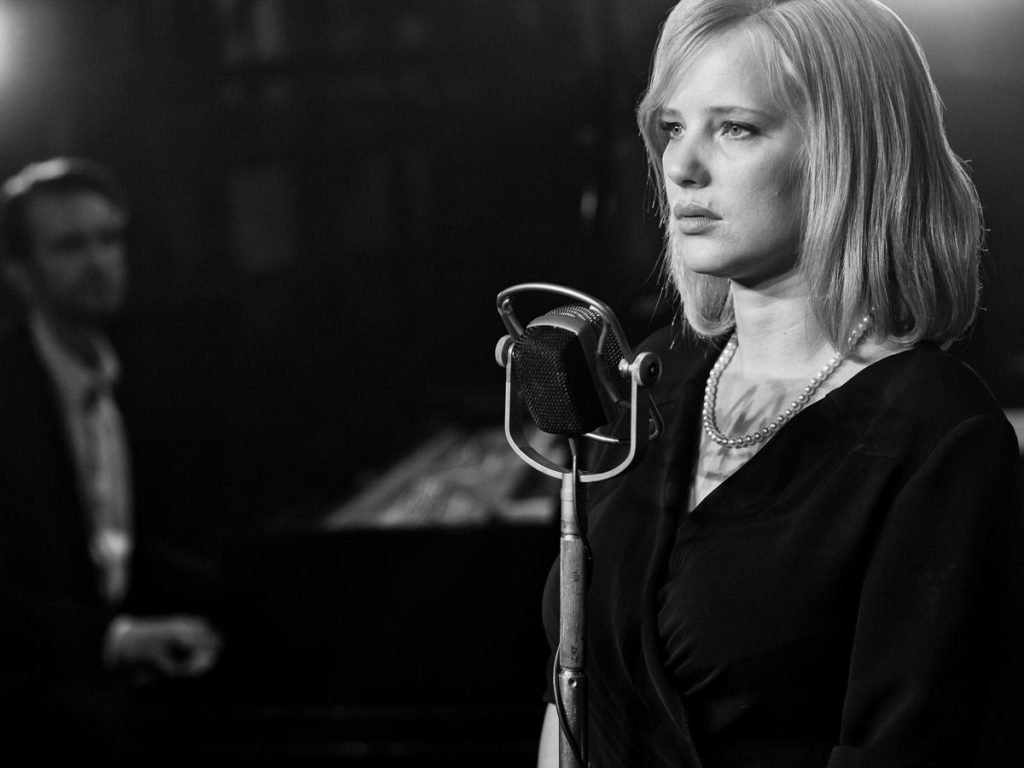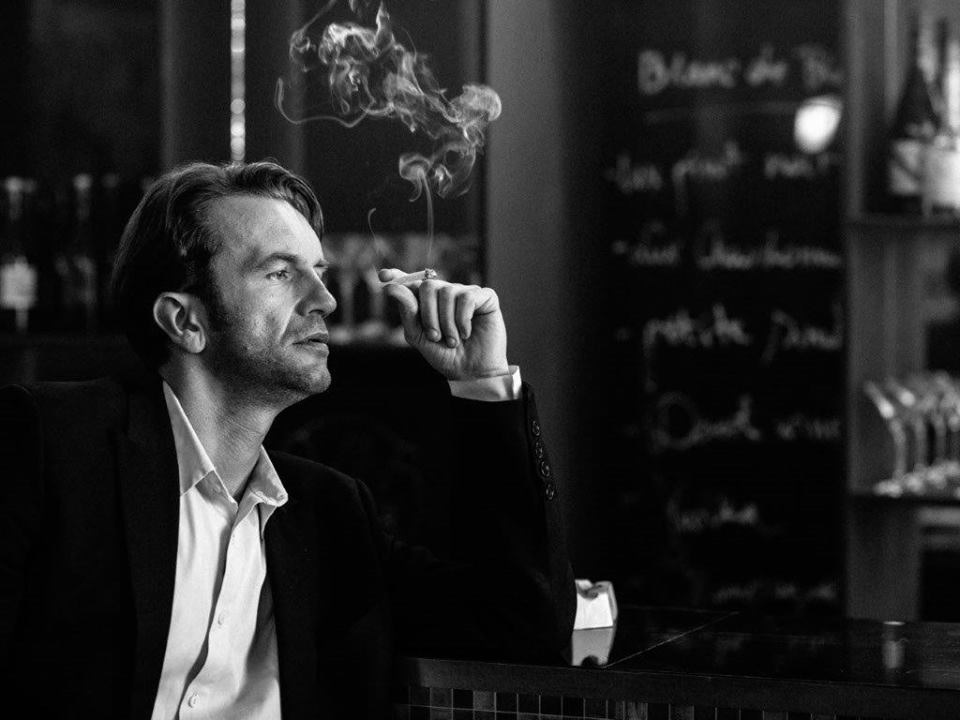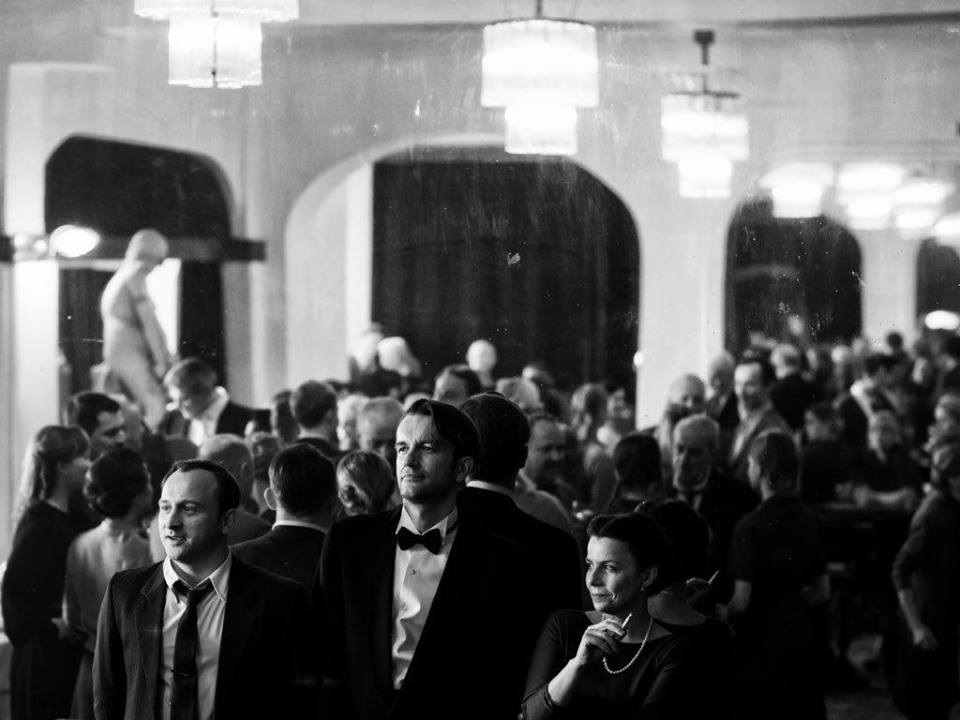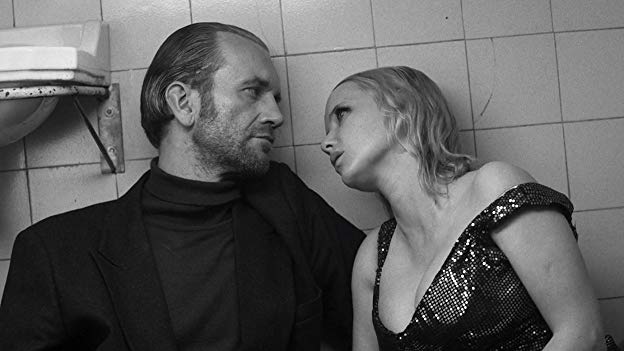
In case you’ve never seen a Polish film before, let me warn you… they can be sad, downcast and quite depressing. Sure, Polish filmmakers do produce the odd comedy now and again, but the most famous cinematic works from the country come from the likes of Andrzej Wajda, Krzysztof Kieślowski, Roman Polanski and now, Pawel Pawlikowski. This moviemaker’s previous title, Ida, won the 2015 Academy Award for Best Foreign Language Film. His latest, Cold War, is another remarkable accomplishment.

Set in Poland shortly after WWII and against the backdrop of the Cold War, the movie follows a musician named Wiktor (Tomasz Kot), hired to help develop a touring stage show featuring the country’s traditional folk music. As the act develops, he meets young Zuza (Joanna Kulig), a vocalist with a fiery personality. Sparks fly when they’re together, but their personas are at odds, often causing the pair’s grand plans to fall apart. Wiktor and another organizer soon become disenchanted with demands from government officials that the musical numbers take on a more overtly political agenda. He asks Zuza to leave communist Poland with him. The movie follows these characters over more than two decades as they are separated and reunited.

Music itself makes up a large part of this story. In particular, one sad ballad about doomed lovers destined never to be together. Amazingly, the tune is rearranged and reworked several times over the course of the film, from a country folk ballad, to a stage number and later as a jazzy French piece. The song follows these characters through various stages of their lives (one particularly strong scene involves Wiktor breaking down while playing the piano at a club and reprising the melody in an appropriately unhinged manner). Although the ditty is constantly changing, the ultimate message remains. The film leaves open to interpretation if the song is a reflection of what’s occurring to the characters, or if these tragic folk tunes about doomed love may actually be influencing their behavior.
The film is shot in black and white at a 1.33:1 aspect ratio. The boxy framing actually suits the material, both pulling its leads close together and creating a sense of claustrophobia at various points in the tale. And it all looks absolutely stunning. This is one of, if not the prettiest movies of the year, gorgeously lit and impeccably framed, often subtly using the image itself to present information to viewers. The images are almost painterly in their composition.

Some of the personal stand-outs include a shot featuring Wiktor and the organizers watching over the crowd after their show’s premiere. They face the camera, taking everything in while numerous performers and attendees are visible via a wall-sized mirror. In another shot, Wiktor silently waits at a Berlin border with a long line of cigarettes butted out in the snow to display just how long he’s been standing there. This movie also highlights the conflict between the leads as the two discuss whether or not the male protagonist should wear a tie to a party. Zuza insists that he wear one and, of course, in the next shot Wiktor accompanies the female lead to the event sans tie (they can’t even agree on clothing choices). The camera also moves around with the dancers during some of the musical numbers, although depending on the circumstance, is set in either a blocky manner (with the camera vibrating as the dancers jump up and down) or loose, freewheeling style (when an inebriated Zuzu frolics in a Parisian club).
Some may find the movie a little distant and chilly. However, all the important information pertaining to a passionate yet troubled romance is present, displayed in a unique manner leaving certain elements open to interpretation. From my perspective, the film wisely refrains from resorting to sentimentality. And many will relate to this kind of intense relationship that veers between dramatic highs and lows.

This week, Cold War was deservedly nominated for three Academy Awards. It may not win them this time out, but the themes, staggeringly beautiful photography and subtleties present in the music (and sometimes even hidden within the frame) will undoubtedly be studied for years to come by film students and art house aficionados. Movies like this don’t come along very often and this feature is one of the best in recent memory.


